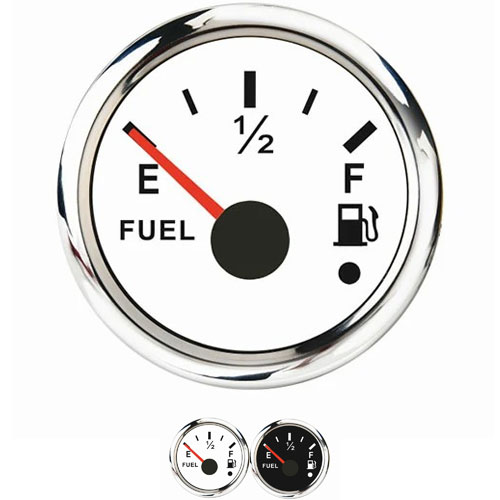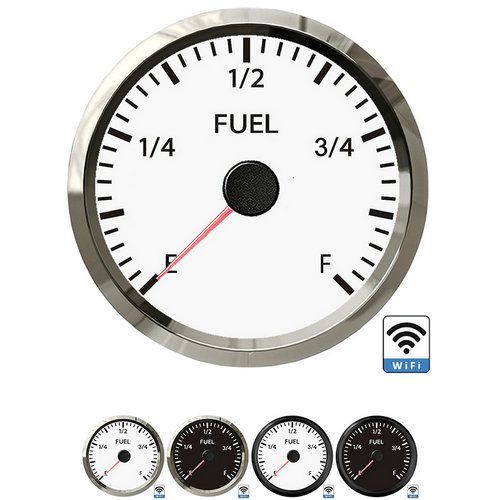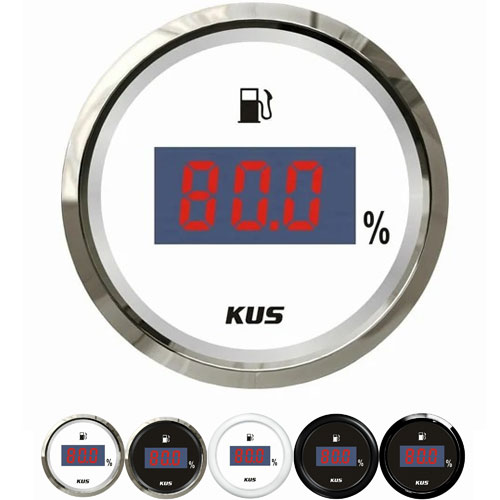diesel fuel tank level gauge spiral
The liquid level sensor (hydrostatic level gauge/liquid level transmitter/liquid level sensor/water level sensor) Diesel fuel tank level gauge spiral) (is a pressure sensor for measuring liquid level. The static pressure input level transmitter (level gauge) is based on the principle that the static pressure of the measured liquid is proportional to the height of the liquid. It uses the foreign advanced isolated diffused silicon sensing element or ceramic capacitive pressure sensing sensor to convert the static pressure into electrical signals, and then through temperature compensation and linear correction, it is converted into standard electrical signals (generally 4~20mA/1~5VDC).
What is the principle of automobile sensor? How to select the liquid level sensor correctly?
The second type is non-contact type, including ultrasonic level transmitter and radar level transmitter. Static pressure input liquid level transmitter (liquid level gauge) is applicable to liquid level measurement of various media in petrochemical, metallurgical, electric power, pharmaceutical, water supply and drainage, environmental protection and other systems and industries. Exquisite structure, simple adjustment and flexible installation mode provide convenience for users to use easily. Diesel fuel tank level sensor, it uses the magnetic field generated by the ferrite magnet to control the turn-on and turn-off of the reed tube, converts the change of the measured oil level into the resistance voltage signal output, and then connects with the secondary instrument to detect the level of the oil tank. The liquid level sensor has high detection accuracy, good safety, long service life (5 * 1000000 times of continuous action), maintenance-free, easy installation and other outstanding features. It is now the most widely used product for measuring the oil level of the fuel tank in various vehicles.
How to adjust the fuel consumption meter of the diesel tank: The fuel consumption meter of the diesel tank is adjusted as follows: 1. Press the up arrow, and the high position will flash. Add one to change the position to make it reach the required value. By pressing the up, down, left and right keys, we can set it to the parameter value we need. When there is no error in the check, we need to press the F key to enter the instrument coefficient setting at the next point. According to the above setting method, Other point coefficients of the instrument can also be set. 2. When setting the instrument coefficient at 10000 points, we can press the F key. When the diesel flowmeter enters the metering process, we should ensure that the upper row is the instantaneous flow of four digits and the lower row is the cumulative flow of eight digits. 3. When the diesel flowmeter has 4-20mA output function, we need to continue to press the F key. It is the fourth parameter set by the instrument to reach the full range, and then discharge the flow full value corresponding to 20mA under it. First, when the upper limit of the DN30 flow meter is 30, then we can put in the current corresponding to 30, 20Ma. After all the parameters are set and checked, we can press the F key again to return it to the working state, At this time, the upper row displays 5-digit instantaneous flow, and the first row displays 8-digit cumulative flow. In its working state, press the F and the up arrow, and its cumulative flow can be cleared.
 English
English 






Get a Quote / Info